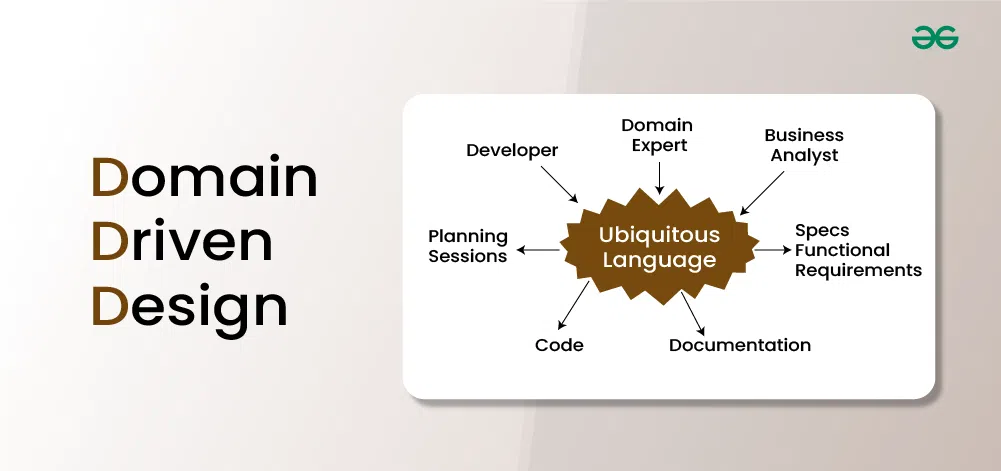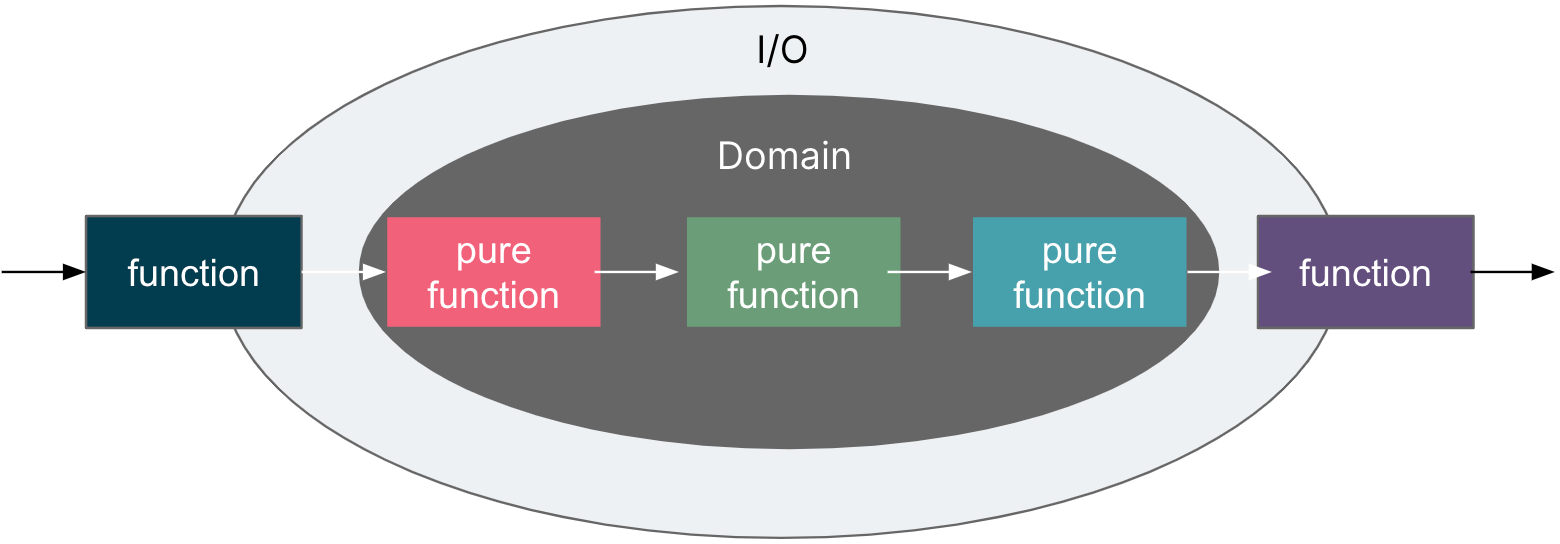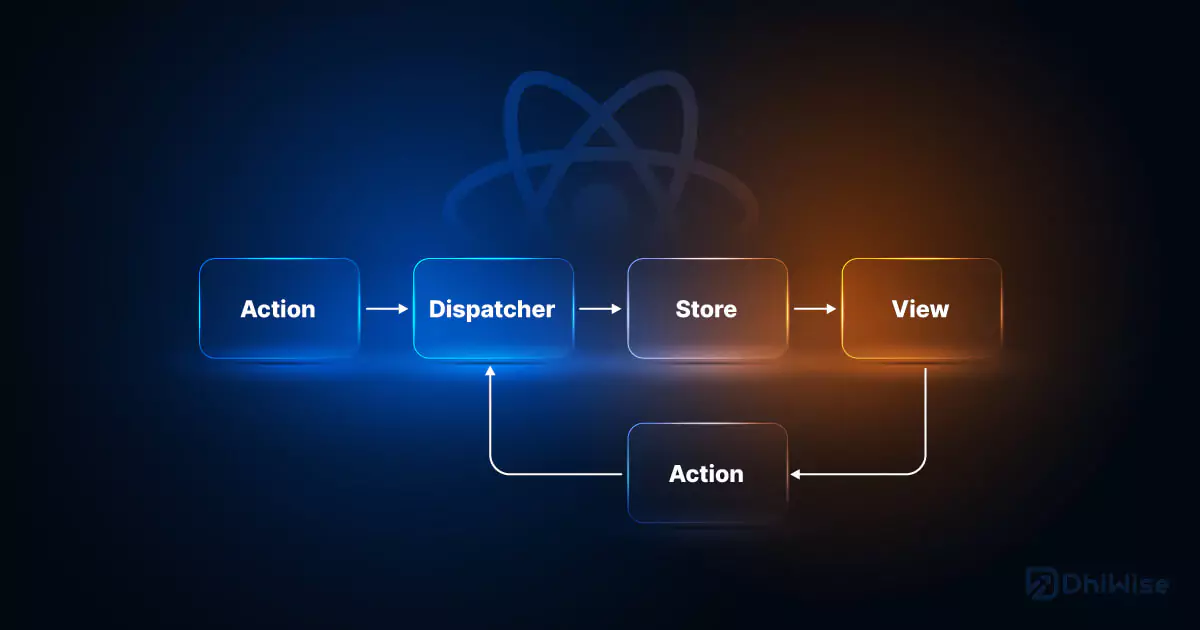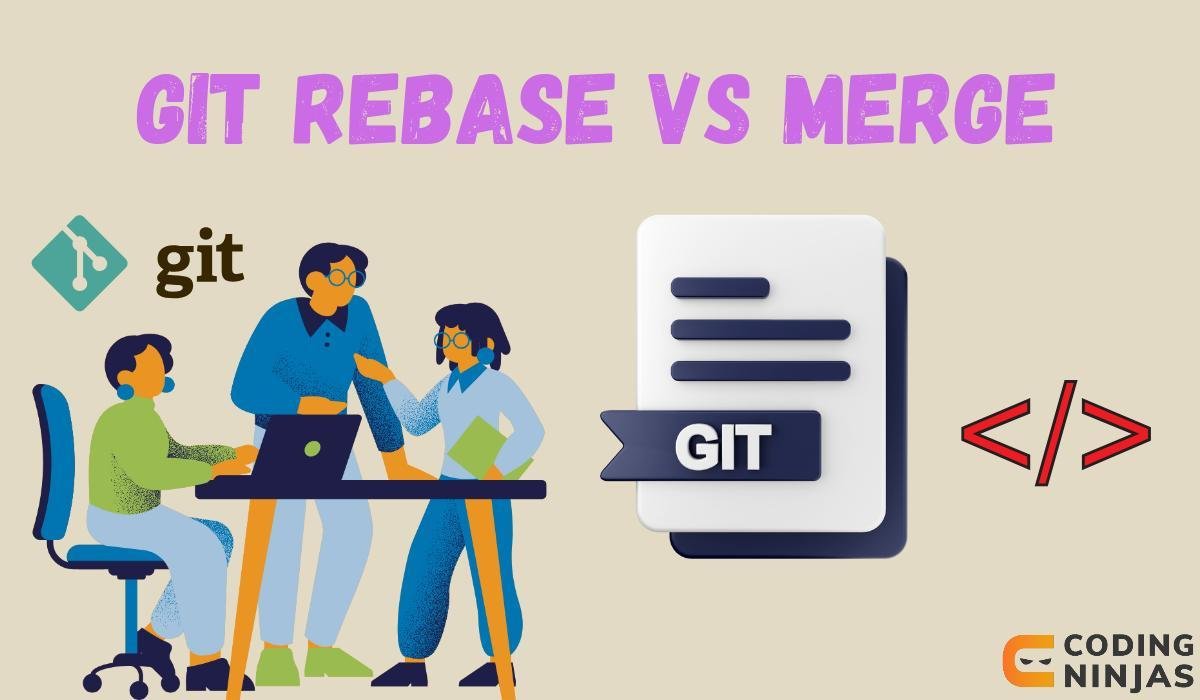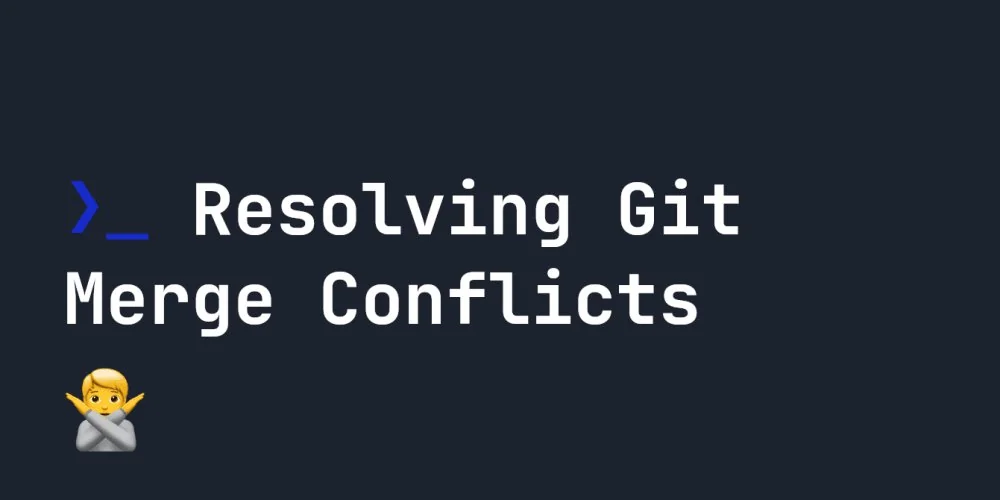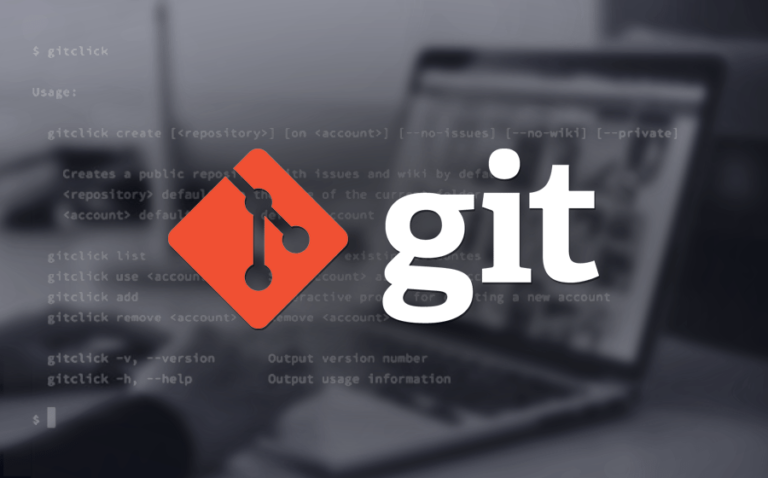Domain Driven Design Could Change How Software Gets Made
Ever feel like building complex software means everyone’s talking a different language? It’s really key that both the business folks and developers get each other perfectly, or else things get messy fast. The code ends up confusing and doesn’t reflect what the business really needs. That’s where domain driven design (DDD) steps in. It’s all about making sure the software truly matches the business world by using the same words and ideas.
So, what exactly is DDD? Put simply, it’s a way to design software that mirrors the real business. Introduced by Eric Evans back in 2003, it’s helped many developers create clearer and more useful software over the years.
Core Domain and Subdomains in Domain Driven Design
The first thing to do with DDD is figure out the main parts of the business—the subdomains. Take Netflix as an example. Its core job is streaming video, but it also needs to handle billing and recommending shows. Each is a subdomain on its own. Everyone needs to agree on what these subdomains are called and use the same words to avoid confusion. This idea is called “ubiquitous language.” Makes sense, right? When everyone calls the same thing by the same name, mistakes happen less.
Different parts of a business sometimes call the same thing differently. Billing might say “subscriber” while streaming says “viewer.” DDD fixes that with something called bounded contexts, letting each subdomain use its own terms in its own world. No need to force the whole company to use the same word everywhere, just within each subdomain.
How Bounded Contexts Work with Anti-Corruption Layers
Next, look deeper into those subdomains. Billing could include subscribers, payment details, and subscription plans. Streaming needs to know what video quality a user gets based on their subscription, but it doesn’t handle payments—that’s billing’s job. To keep these areas from mixing too much and getting messy, DDD uses a special connection called an anti-corruption layer to translate information cleanly between them.
Entities and Value Objects Explained
DDD also helps model things as domain objects. Some are entities, which are things with a unique identity like a subscriber. Even if their details change, they’re still the same entity. Then there are value objects, which only represent values like an email address. Value objects don’t change—you make a new one if needed. This keeps code neat and reliable.
Aggregates and Managing Complexity
A cool part of DDD is aggregates, which are groups of entities and value objects that belong together, like a customer order with products and shipping info. Aggregates make sure everything inside stays consistent, like the total price always matching the sum of items. Think of it as a team that either wins or loses together.
Software can get really complex, but DDD helps manage that by splitting the domain into bounded contexts and using aggregates to keep things stable. It uses repositories to store data and services for logic that spans multiple areas.
Why Use Domain Driven Design?
- Build software that fits how the business really works.
- Encourage collaboration between developers and business teams.
- Clear up confusing language differences.
- Manage complexity better with bounded contexts and aggregates.

